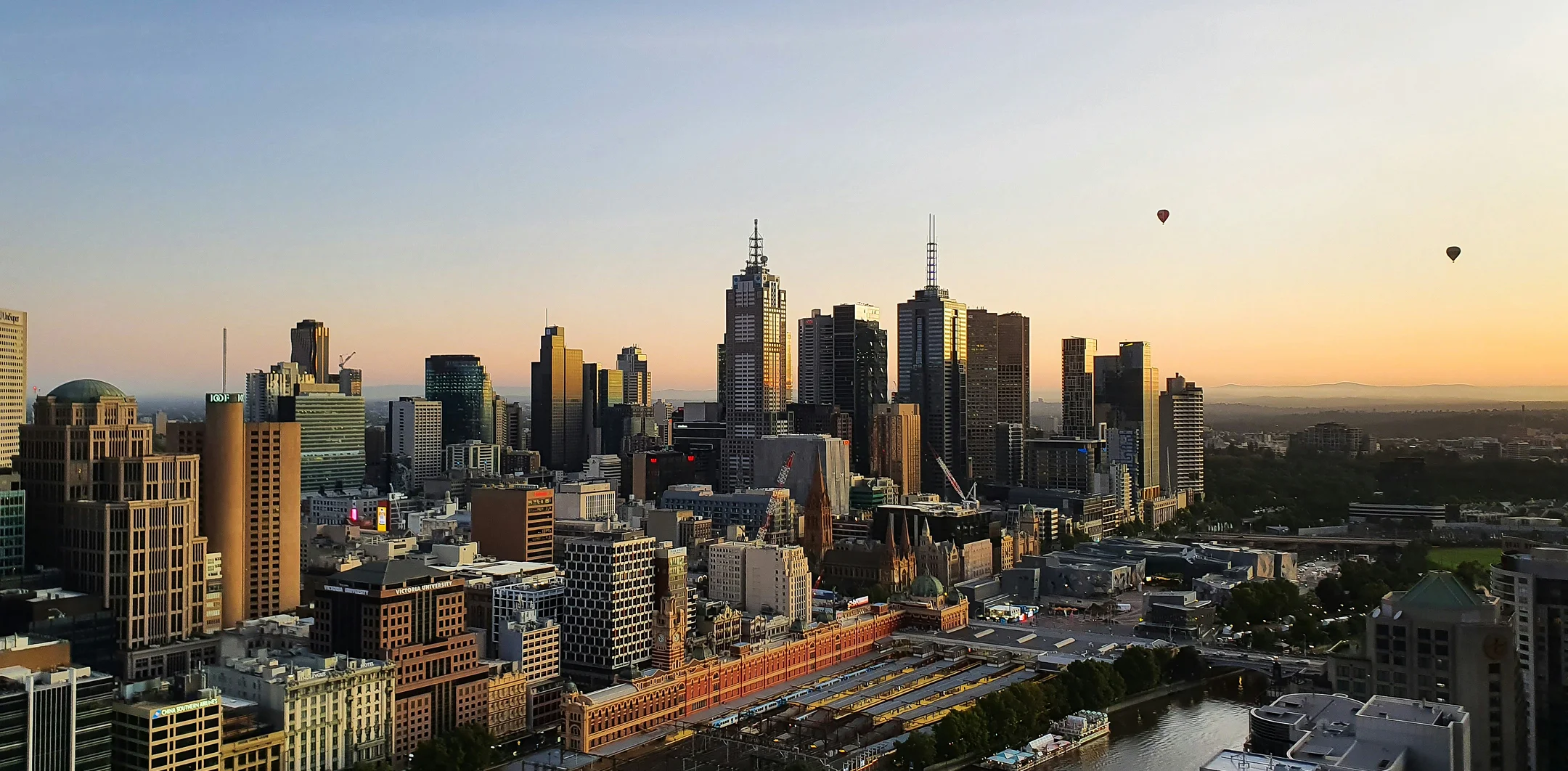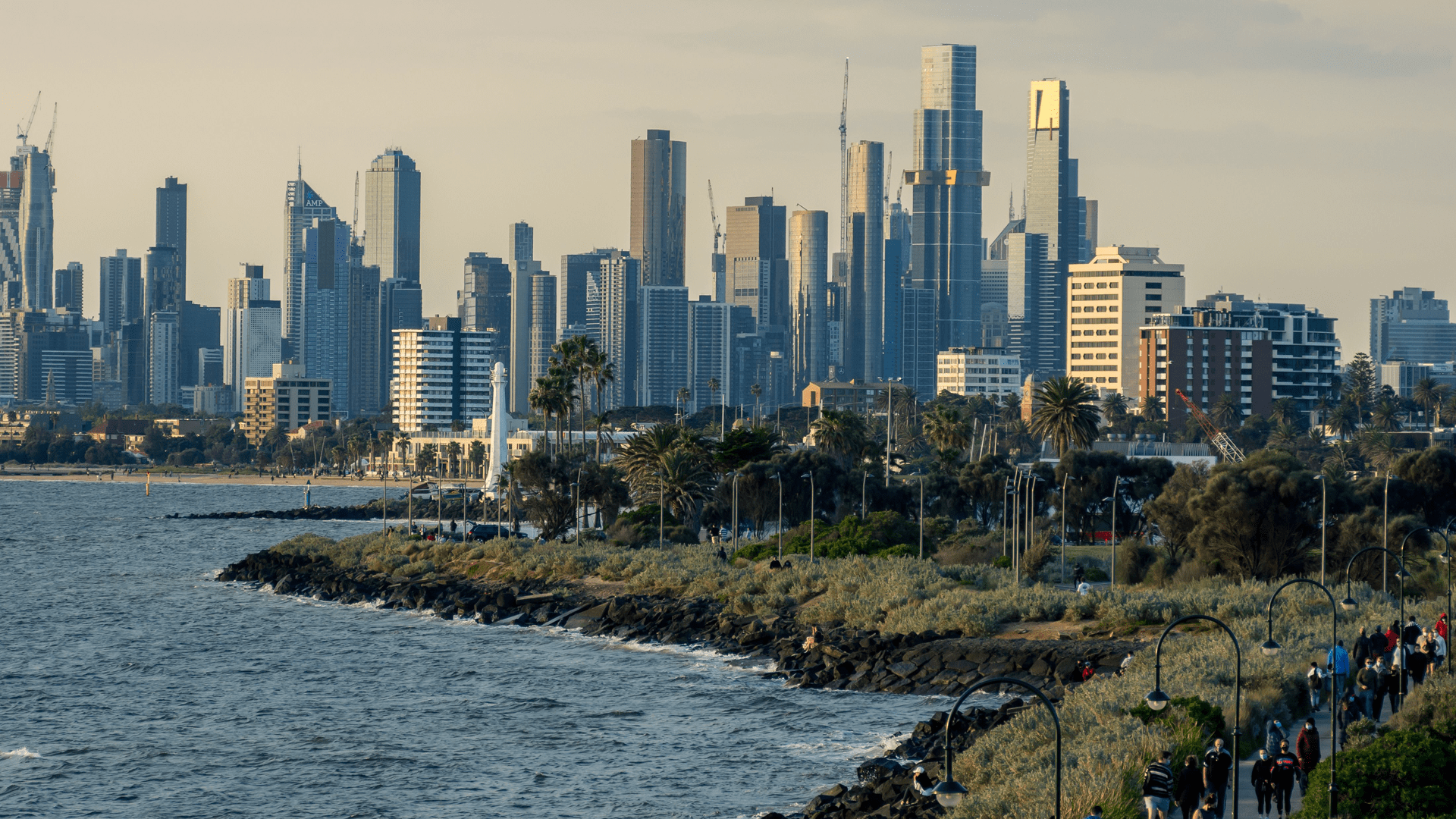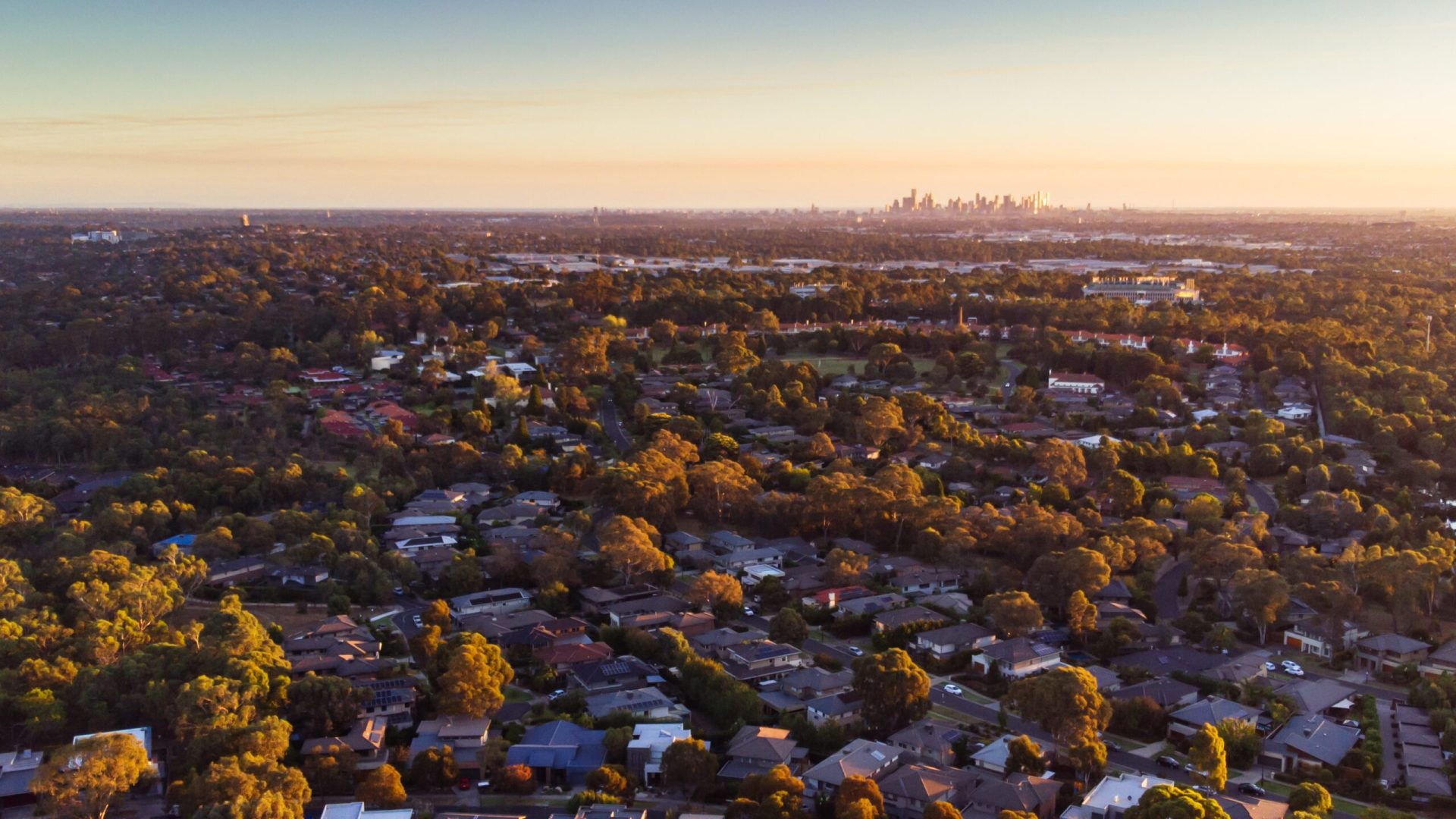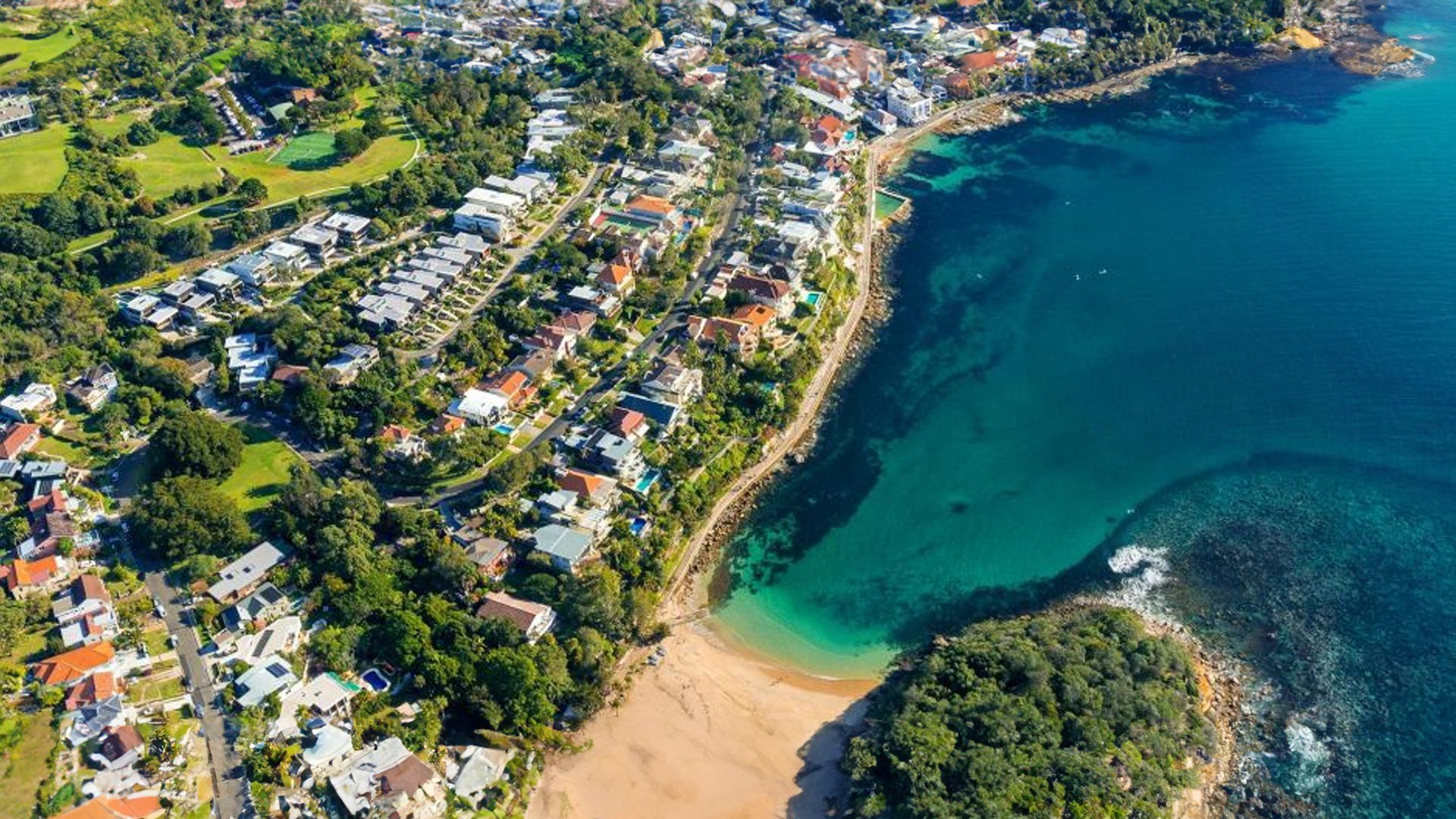By Matthew Lewison
There’s a saying in property circles: “We build them to sell, not to love”.
After a year or two of blood, sweat and tears, it’s understandable that developers might walk into their just-built development and become sentimental about it. This was their baby – from the first day to the last. Unfortunately, this thinking gets us into trouble. But don’t worry – we’ve all been there and it’s not too late to change your ways if you’re there right now.
Tony Lennon, chairman of Peet Ltd and one of Western Australia’s most awarded real estate agents, once told me, “you can sit on undeveloped land forever but if you’ve finished a project you need to meet the market no matter what the cost, because you can’t afford to hold completed stock”. His logic is now something that I refer to regularly in sales meetings with agents working on my projects.
Here’s a brief explanation:
- To hold undeveloped land indefinitely you need to have either no debt or a holding income on the property, in which case you aren’t tying up a lot of your own capital. If it takes 20 years before you can sell your project, it’s likely that the land value would have gone up considerably more than the cost of developing it;
- To get land developed you take on a lot of debt. The first 50 to 70 per cent of your sales revenue (from settlements) usually goes to paying back the lender. The next 15 to 20 per cent goes to paying yourself back and the final sales are your profit. There’s no point in holding out for a few extra dollars at the end of the project if it’s delaying when you’ll get your money back as this has a compound effect of delaying your next project – and the one after that.
I learnt the lesson the hard way. In 2007, I built two identical houses side by side in Brisbane. One sold off the plan for $420,000. This seemed like a good deal as it freed up funding for the construction. Once complete, in August 2007, I got an offer of $415,000 for the other. The prospect increased his offer to $425,000 after I knocked it back the first time. I refused to take it as I thought the market had gone up by at least $10,000, so I wanted a bare minimum of $430,000. The prospect disappeared.
A week later I got an offer of $420,000 and knocked that back also, thinking there was enough interest to find a buyer at my target price. In October, I reluctantly signed a contract to sell the house for $415,000. I hadn’t had an offer since the $420,000 in mid-August and I was paying rates, power and interest, which cost $2,000 per month.
In trying to hold out for an extra $5,000 I’d spent $4,000 and lost two genuine buyers, eventually taking a further $10,000 hit. Had I taken the $425,000 offer I’d have been $14,000 better off. I would’ve also freed up my capital to buy something else sooner.
While I don’t advocate lazy pricing or discounting just to get an easy sale, this lesson taught me that at certain times in a development you do need to be more flexible. Even if you genuinely believe that your properties are worth an extra $5,000, is the difference really worth the risk that nobody else thinks so?








